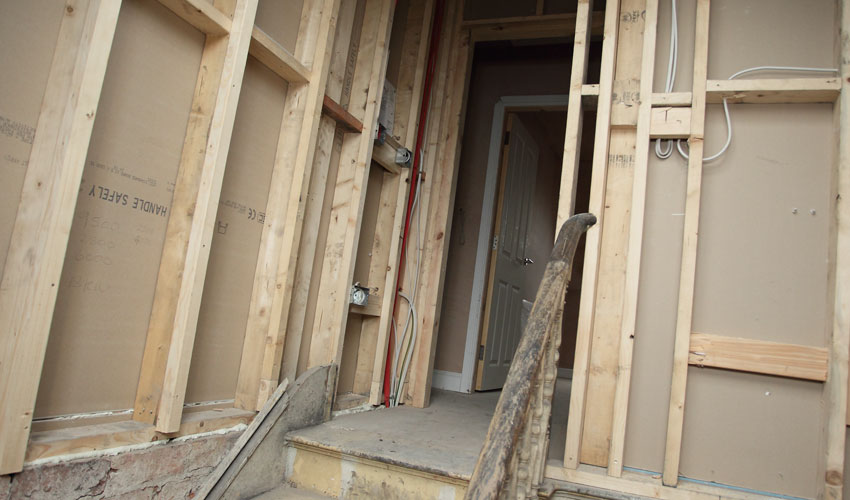
With growing pressure on the corporate vehicle fleet industry to cut emissions, reduce the impact company vehicles have on road congestion and become more fuel efficient, fleet managers are looking to improve margins in the face of increasing financial challenges.
One area they can affect real savings is the fleet vehicle insurance sector. By improving best practices on the road, a fleet manager can drive down the cost of insurance – and help improve employee safety to boot. Here are five ways the fleet manager in your company could look to save cash on vehicle insurance.
1 Driver training programmes
This should be a priority if such programmes don’t already exist within your company. If you task your employees with operating even a few vehicles, the way they drive should be monitored and training offered on a regular basis. Combine better preparedness with the use of safety devices such as a backup alarm from Brigade Electronics and you’ll help reduce the risk of accidents and cut down on repair costs following bumps and scrapes that could have been avoided. As your company’s driving becomes more blemish-free, you’ll be able to negotiate lower-priced cover.
Many insurers will offer advice on the best training programmes for company vehicle drivers, as well as courses for hazard perception and awareness, how to record claims and even fuel-efficient driving.
2 Invest in telematics
Install telematics technology into company vehicles to allow for accurate monitoring of driving habits and routes taken. It’s not snooping, it’s helping your business to understand how its vehicles are driven, and how that can be improved. Telematics data can show where efficiencies can be made by tracking vehicle movements and helping logistics managers plan quicker routes. It can help to establish driving safety benchmarks. And it can help to reduce vehicle downtime by predicting when a car or truck may need servicing.
3 Invest in better quality vehicles
Older vehicles require costly maintenance and inevitably tend to break down more, which pushes up those insurance invoices. There’s also a safety angle to consider – is that van so outdated that it doesn’t include more recent safety innovations? Are you putting your drivers, other road users and pedestrians at risk by sticking with a 15-year-old model? Is it easier to break into thanks to security systems that are easy to bypass? All of these questions will be considered when insurers work out your premium
4 Safety and security should come first
Hiring drivers with spotless driving licenses, making sure your staff are up to speed with latest safety procedures and regulations, setting up a driver safety review group for larger fleets… All these measures can help push back insurance cover, as a provider will see that your firm is serious about a strong road safety record. Not only that, if your company operates any kind of fleet, you have a duty to reduce risks to the public as much as possible. According to research by the Royal Society for the Prevention of Accidents, one third of road accident casualties between 2006 and 2014 were the result of accidents involving at-work drivers.
5 Spot flaws and remedy them quickly
Fleet insurance underwriters are a good source of information when it comes to exploring what can be done to improve your vehicle safety, security and reliability record. They can give you a steer on how to conduct internal risk assessments if you’ve never done them before, which will help to identify any issues before they become dangerous.
For more specific information on van insurance, head to this round-up on MoneySuperMarket.com.












